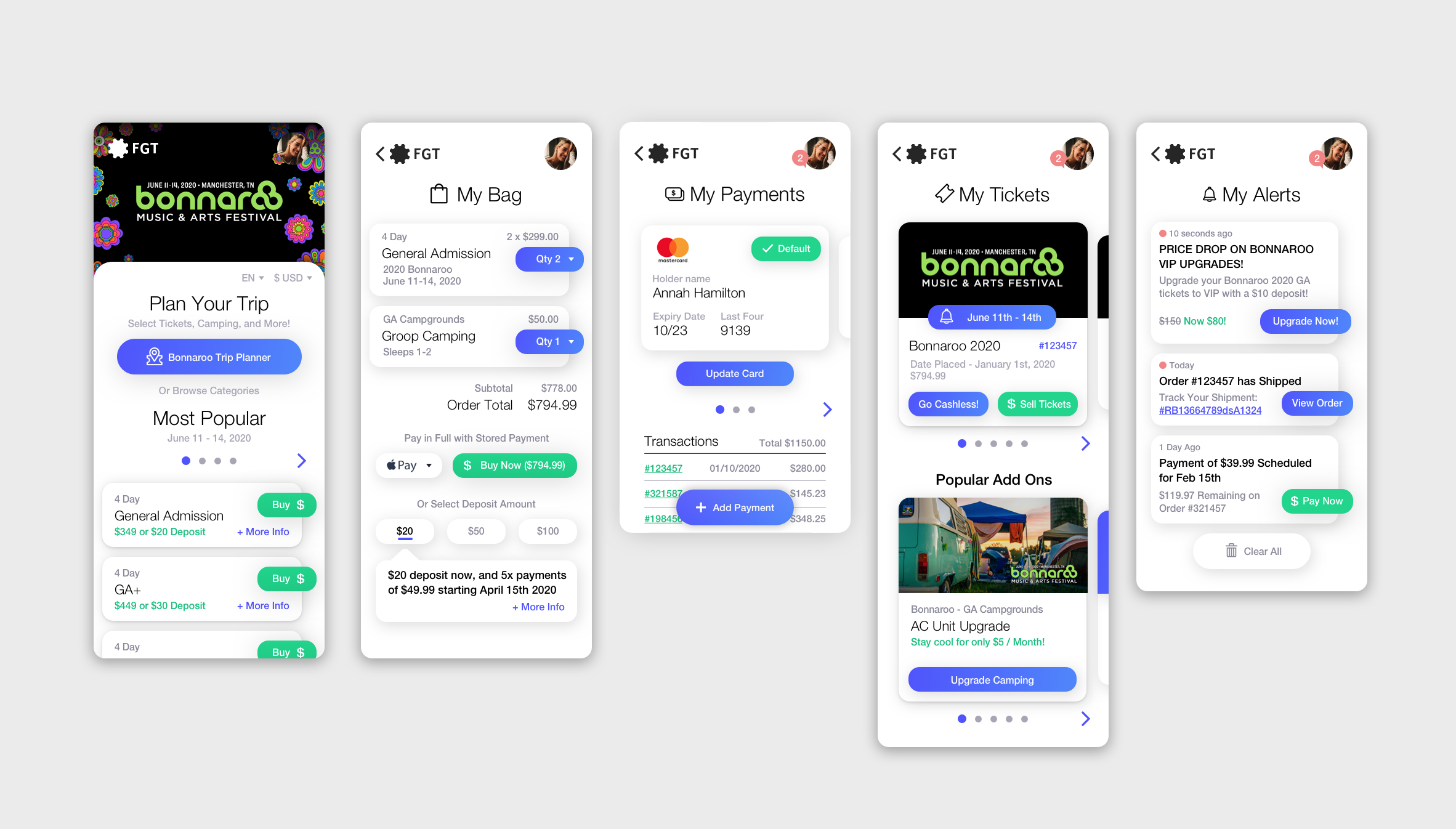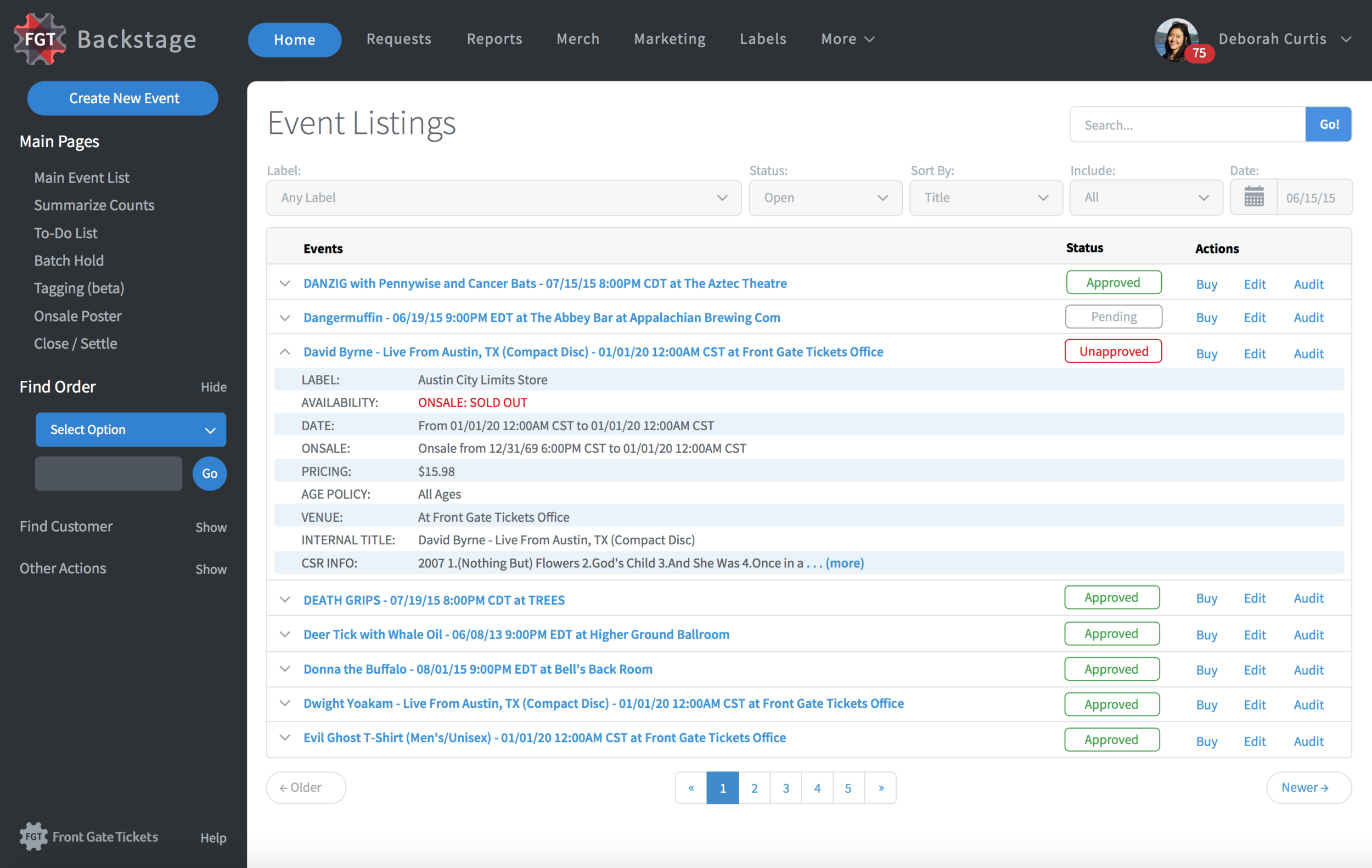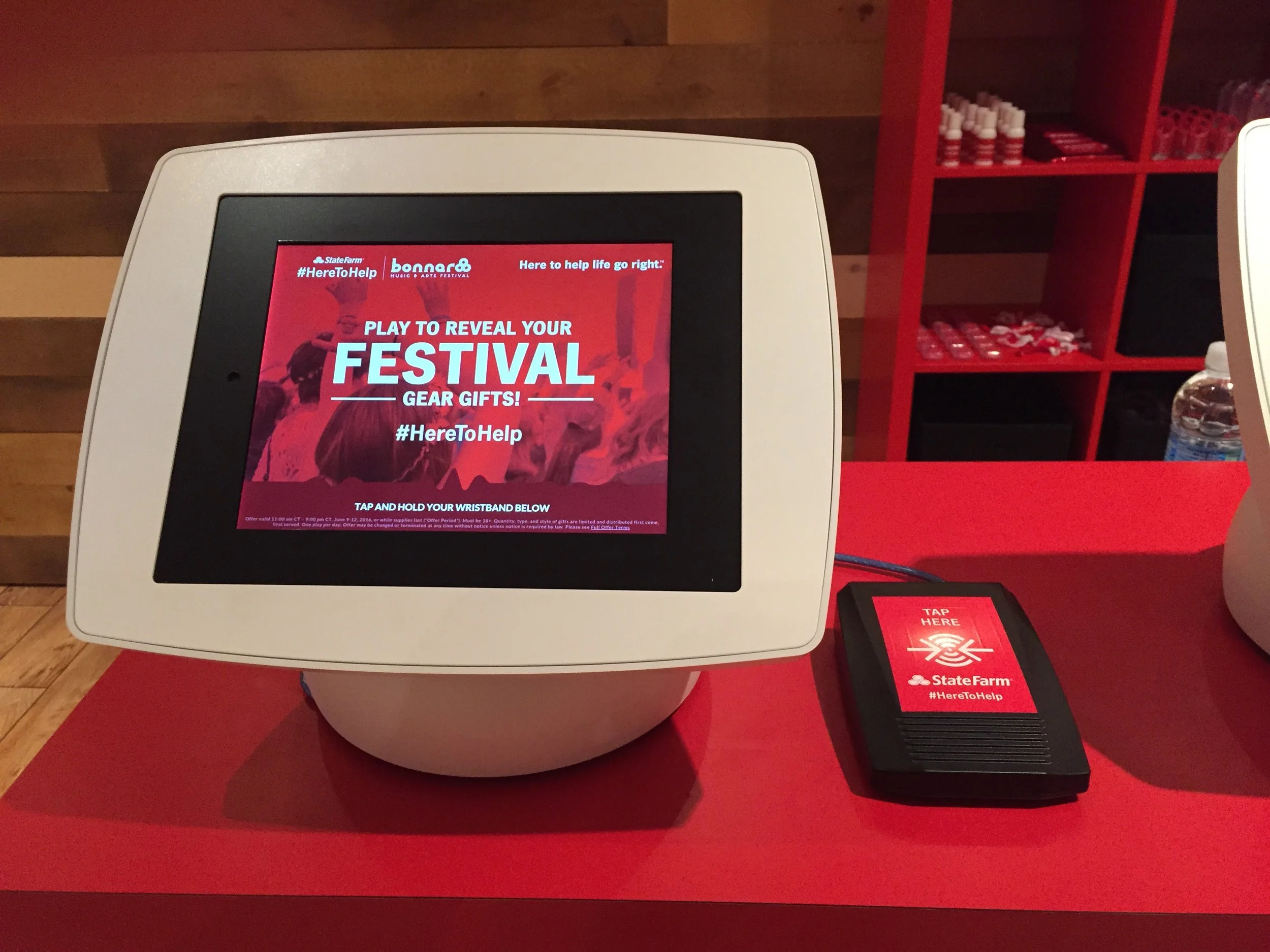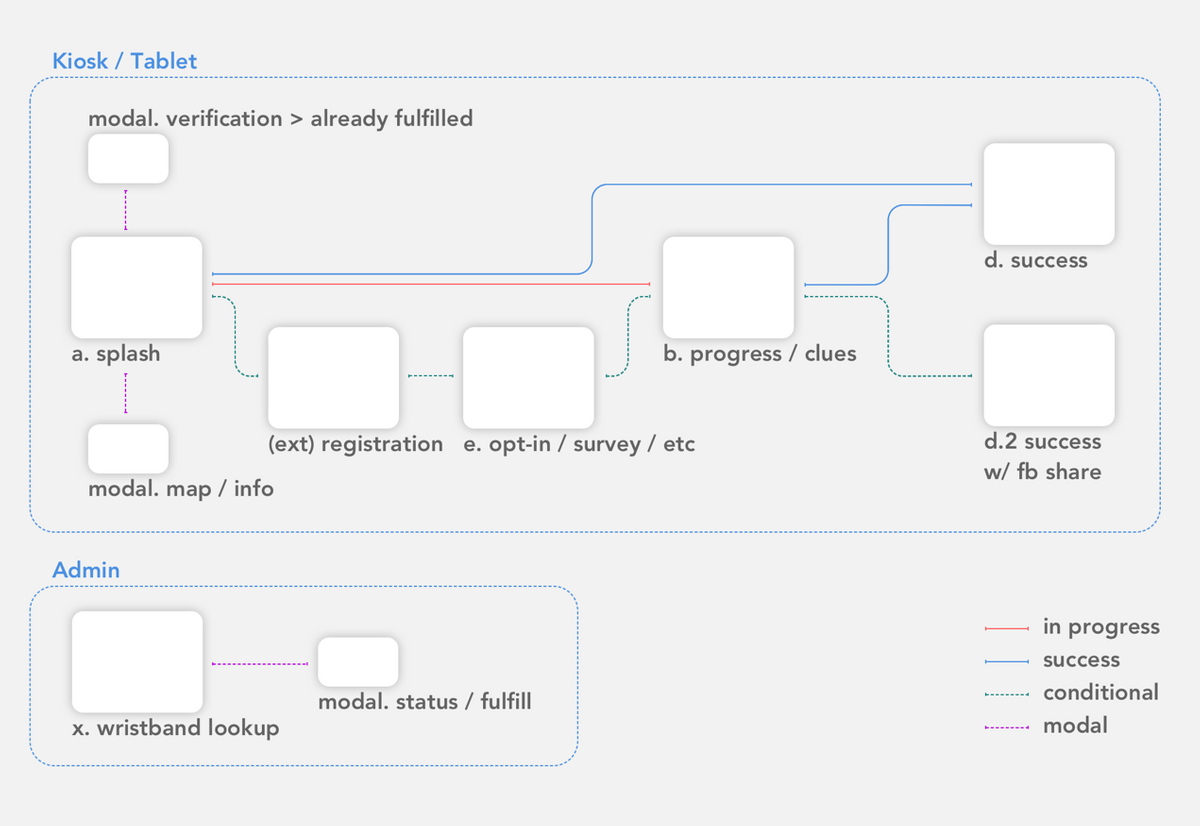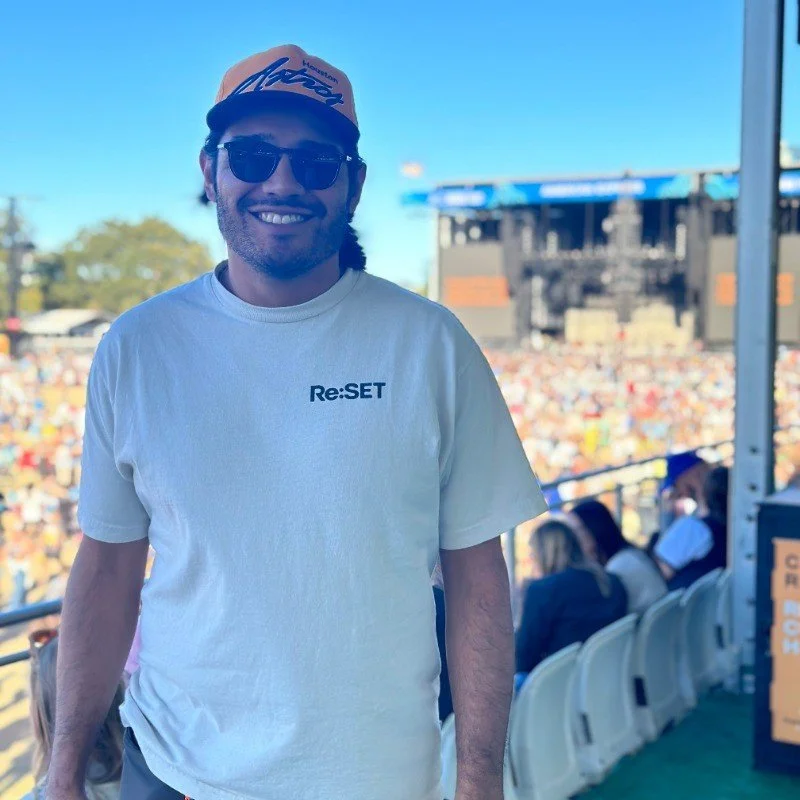“I like bad movies, good music, and killer product design.”
Leadership
Prototyping
Design Systems
AI Design
I firmly believe great user experiences are built by great teams. My design team process is not just a series of steps; it's a mindset that emphasizes alignment, ownership, and experimentation.
I aim to establish feedback loops, speak with data, and align organizations around a shared vision by leveraging the resonant frequency of design.
I encourage my teams to see work as a series of experiments to learn from, rather than work to do. As AI stands to disrupt every industry, this proactive approach is critical for teams and companies to seize opportunities as new capabilities emerge.
Gallery
“Jordan not only contributes day to day on his team, designing the coolest, newest, most innovative features (across all of TM, that's a fact), he helps lead a design team and focuses on growing skillsets and product knowledge.
For the first time in my time at FGT, we have a true design leader.”
Sr. Director, Product at Ticketmaster
FAQs
-
I consider myself a power user of Figma, Maze and ContentSquare, but lately I’ve been experimenting with other ai powered design tools, and agentic coding workflows with CLI, IDE, and cloud agents. It’s an exciting time for design tools right now. I’ve seen a lot of growth in my own abilities in the last year, and exciting to think about what future designers will be capable of.
-
I love mentoring junior, mid and senior designers. They inspire me to be a better designer myself. I take a coaching mentality by utilizing the T-GROW methodology of topic, goal, reality, options, and will. I follow the mentee’s lead to define the topic, and work together with them to define goals and commit to action.
-
Day to day, I enjoy the problem solving aspects of the design process and collaborating with my peers. But the biggest reward is getting my work in the hands of users. Even it’s a small improvement, it’s still super rewarding to see work have an impact on someone else’s experience.
-
A-sync communication, rituals, and design artifacts. Written forms of communication, like standup updates over Slack, are easier to translate for international teams. Timezone barriers are going to limit availability for rituals, so ceremonies need to be well structured to maximize value. I also like to share design artifacts with the team as much as possible. Design updates, research, prototypes, decks, and recorded demos are good ways to provide context and request feedback.

